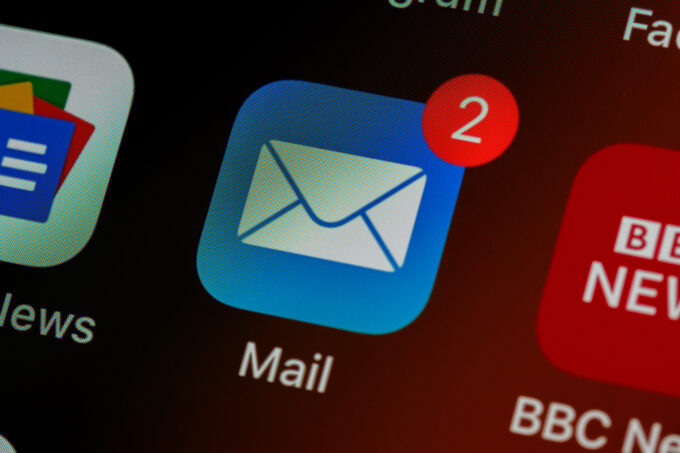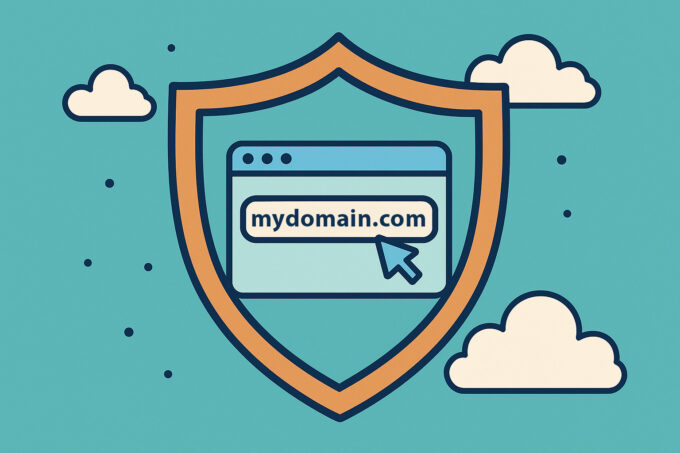Email marketing remains one of the most potent tools in the digital marketing arsenal. It allows businesses to connect with their audience directly, nurture relationships, and drive conversions. In this blog post, we’ll delve into the world of email marketing, covering the strategies to build a valuable subscriber list and craft effective email campaigns that engage your audience.
1. Begin with Clear Goals: Define what you want to achieve with your email marketing. Whether it’s lead generation, sales, or customer retention, clear goals will guide your strategy.
2. Understand Your Audience: Know your target audience’s preferences, demographics, and pain points. Tailor your email content to provide value and relevance.
3. Use a Reliable Email Marketing Service: Choose a reputable email marketing service provider to manage your email campaigns, automate processes, and ensure deliverability.
4. Create a Compelling Signup Form: Craft an engaging and straightforward signup form that encourages visitors to subscribe. Place it prominently on your website.
5. Offer Incentives for Subscriptions: Encourage sign-ups by offering incentives such as eBooks, exclusive discounts, or access to valuable resources.
6. Segment Your Subscribers: Segment your list based on user preferences and behavior. Sending targeted content increases engagement and conversion rates.
7. Craft Attention-Grabbing Subject Lines: Write subject lines that pique curiosity and prompt recipients to open your emails.
8. Deliver Valuable Content: Provide content that educates, entertains, or solves problems for your subscribers. Your emails should offer something worthwhile.
9. Personalize Your Emails: Address subscribers by their names and customize content based on their interests and interactions with your brand.
10. Keep Emails Mobile-Friendly: Optimize your email design for mobile devices. Most users check their emails on smartphones, and a responsive design ensures a seamless experience.
11. Test and Optimize: Run A/B tests on various email elements, including subject lines, content, and CTAs. Use the data to improve your campaigns.
12. Build Trust with Consistency: Send emails on a regular schedule to establish trust with your subscribers. Consistency builds anticipation.
13. Use Social Proof: Showcase positive reviews, testimonials, and social media engagement in your emails to build credibility.
14. Automate Your Emails: Implement email automation for onboarding sequences, drip campaigns, and re-engagement efforts.
15. Monitor and Analyze Results: Track email campaign performance through open rates, click-through rates, and conversions. Use analytics to refine your strategy.
16. Manage Unsubscribes Gracefully: Make it easy for subscribers to unsubscribe, respecting their choices. A simple, one-click process is ideal.
17. Avoid Spammy Practices: Steer clear of spammy tactics, such as misleading subject lines, excessive use of exclamation points, and purchased email lists.
18. Nurture Relationships: Focus on building long-term relationships with your subscribers. Engage with them beyond sales pitches.
19. Leverage Personalization: Use data to provide personalized product recommendations or content based on subscribers’ behavior.
By harnessing the power of email marketing, you can not only build a valuable subscriber list but also nurture these subscribers into engaged and loyal customers. Email marketing is a dynamic tool that, when used effectively, can drive conversions, foster brand loyalty, and boost your business’s bottom line. Remember that it’s an ongoing process of refinement and adaptation for optimal results.



